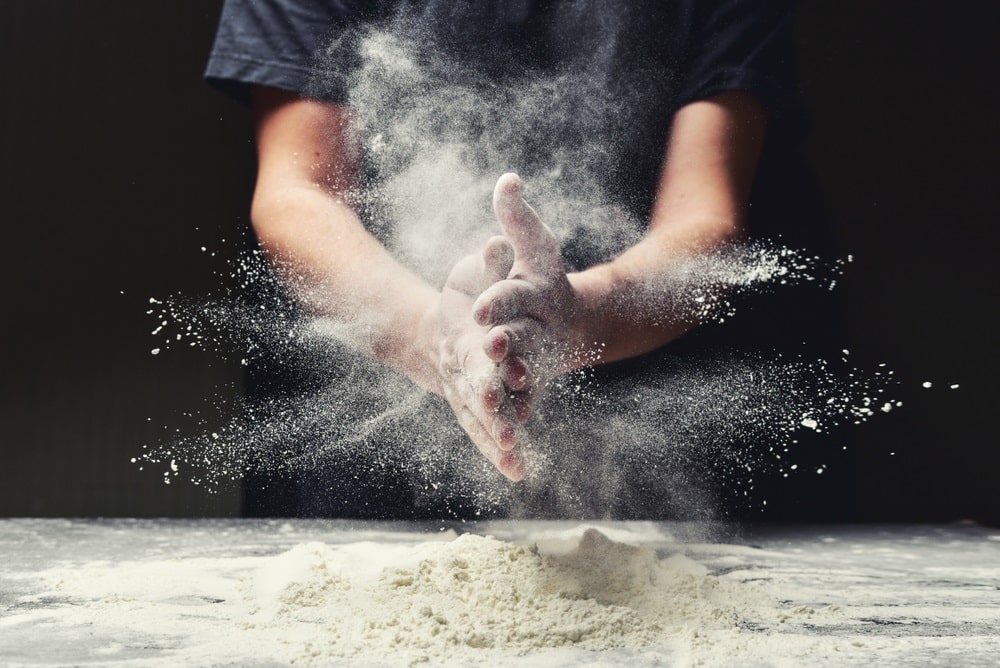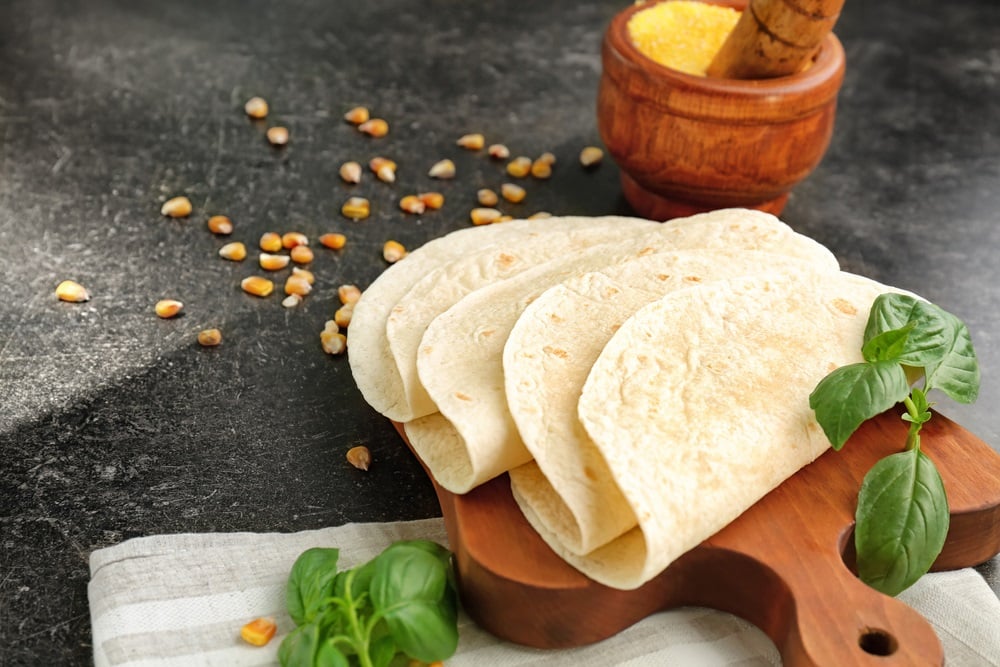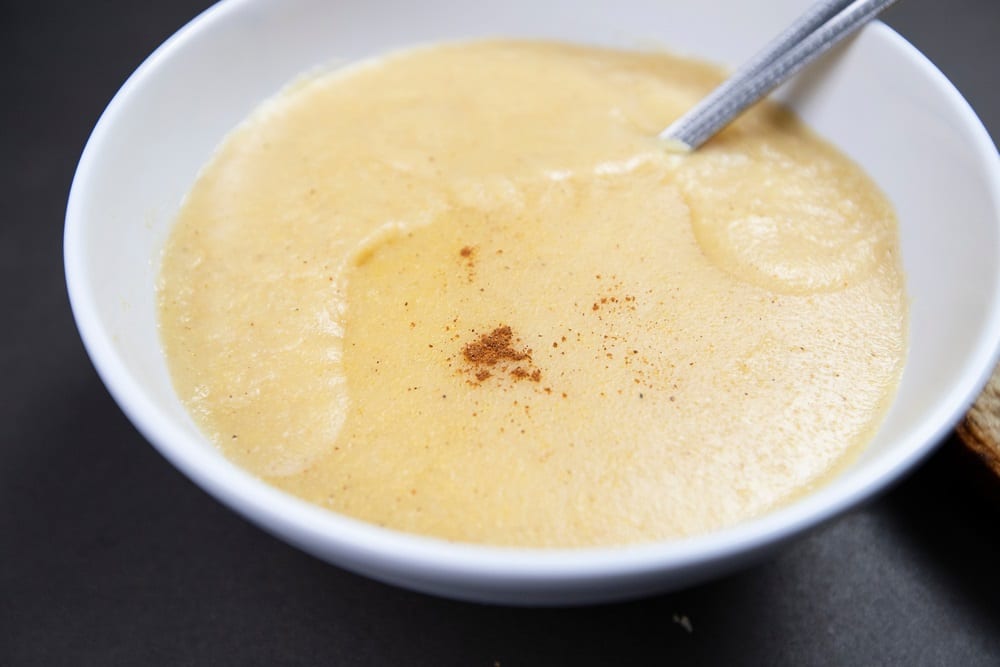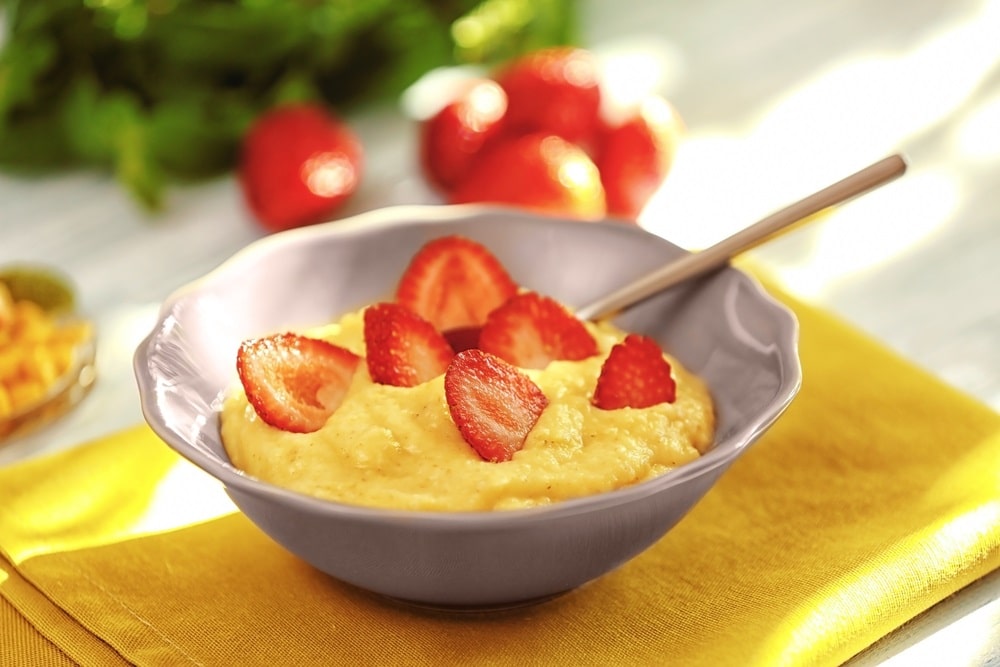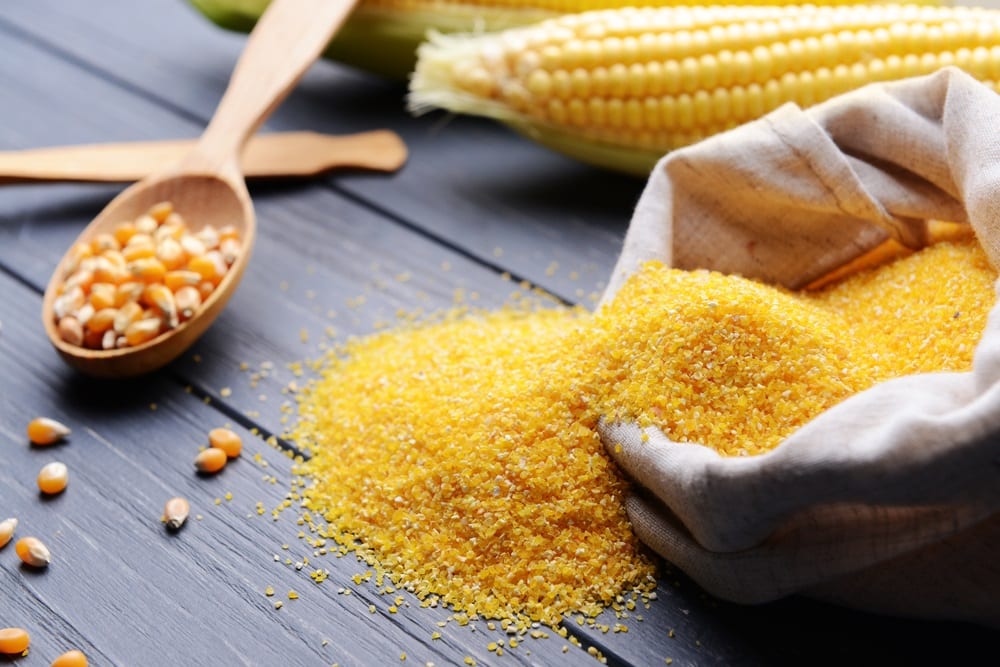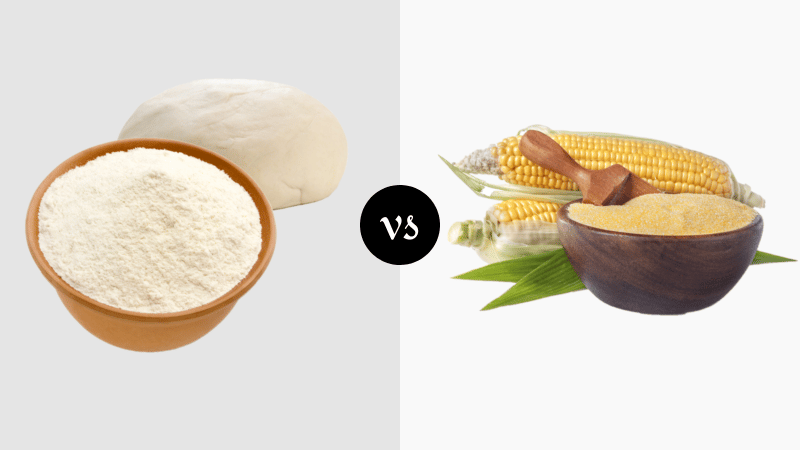
There’s no denying just how inescapable a sudden craving for tacos or tortillas can be while walking down the aisle of your favorite store.
These Mexican snacks have captured the hearts of countless people around the world. Tortillas are wonderfully crunchy, with the texture being determined integrally by the flour used. The same goes for most other similar Mexican dishes and snacks.
This is why we’ll be taking you through a comprehensive comparison of masa harina vs. harina de maiz – two of the most commonly confused types of flour in Mexican cuisine.
Masa Harina Vs. Harina De Maíz Comparison
| Masa Harina | Masa De Maiz | |
| Definition | Mexican Dough Flour Made From Dried Masa Made From Treated Corn | Dominican Cornmeal Porridge |
| Composition | Made From Dried Field Corn That’s Slaked Lime Solution Treated, Nixtamalized, Soaked, Ground To Masa Then Dried And Powdered To Masa Harina | Cornmeal, Milk, Coconut Milk, Clove Powder, Nutmeg, Brown Sugar, Salt |
| Texture | Coarse, Gritty And Dry While Remaining Flowing And Pourable | Finer Than Masa Harina But Coarser Than Cornflour |
| Flavor | Subtle Corn-Like Flavor With Sweet Nuttiness | Flat But Bold Simple Corn-Like Nutty Flavor |
| Best Uses | Knead With Water To Make Dough For Tortillas, Tamales & Other Mexican Dishes | Prepared As Breakfast Or Dessert, Neutral Flavored Porridge Used As Thickener |
| Availability | Fresh & Dried Masa Sold At Mexican Markets And Priced Per Pound | Not As Widespread Availability As Masa Harina, Found Online & In Stores Stocking Dominican Ingredients |
| Affordability | $6-$7 Per Pound Online | $0.60-$1 Per Pound |
| Substitutions | Corn Flour, Masa Preparada, Masa De Maiz, Dried Hominy, Corn Grits, Corn Meal, Dry Polenta | Masa Harina, Cornmeal, Cornflour |
Masa Harina Vs. Harina De Maiz
Masa harina and harina de maiz may sound the same, but they’re most definitely two different products. Never be confused between these two corn-based products again by going through our upcoming comparison or consulting the table above for a quick reference.
Masa Harina
If you plan to make any Mexican food at home, you’d better get your hands on some masa harina. There’s no one substitute that works quite as well for tortillas and other Mexican snacks.
Here is a close look at what masa harina is, how to use it, and how it compares to harina de maiz.
What Is Masa Harina?
Masa harina is the traditional flour that’s usually used to make most Mexican dishes, inclusive of tamales and tortillas.
As per the Spanish to English translation, it means ‘dough flour’ because it’s made out of dried masa which is a special type of dough made from treated corn.
What Is Masa Harina Made From?
All masa harina is made from dried field corn, otherwise known as maize. Masa harina is not the same as regular cornflour but instead much finer.
To make masa harina, dried corn kernels are cooked and soaked in a lime solution to create a food product called hominy. The corn is treated with slaked lime (a combination of water and lime), which loosens up the hulls from the kernels.
It also softens the corn in the process of creating hominy. In addition to slaked lime, masa harina has been nixtamalized, which is the process of adding the lye, which modifies the texture.
The lime will react with corn that assimilates niacin. This soaked maize is washed and then ground into dough known as masa. When masa is powdered and dried, it’s named masa harina.
Texture
Masa harina has an extremely coarse, gritty, and dry texture that, while coarse, still flows like cornflour.
Flavor
Masa harina has a subtle corn-like flavor that blankets its wholesome taste with a sweet nuttiness.
Best Uses
Simply knead masa harina with water to make dough for tamales and tortillas. You can use masa harina in almost any recipe that calls for cornflour, but cornflour doesn’t work in the place of masa harina.
The most common recipe is half a teaspoon of salt, two cups of masa harina, and one and a half cups of hot water to make the perfect corn tortilla dough. Gorditas is another favorite that has a thicker texture.
Availability
Fresh masa is readily available in Mexican markets and is usually sold on a per pound basis. People tend to use dried masa or fresh masa, depending on their preferred taste.
Affordability
Masa harina typically retails for between $6 and $7 per pound when shopping online. Considerable savings are to be expected when purchasing masa harina at a local Mexican market or specialty foods store.
Masa Harina Substitutions
Corn flour comes closest to masa harina but should only be used in its place as a thickener. Otherwise, opt for masa preparada, masa de maiz, dried hominy, corn grits, cornmeal, or dry polenta.
Harina De Maiz
Harina de maiz is something you’ll only normally find in and around the Dominican Republic or online. If you do happen to locate this tasty porridge, it’s a must-try.
Let’s look closer at what makes it so well known and popular, but at the same time, a totally different ingredient to masa harina.
What Is Harina De Maiz?
Harina de maiz is the fancy name for cornmeal porridge, which tends to be a beloved Mexican breakfast and comfort food. Harina de maiz is actually the Dominican name for the local variety of cornmeal.
However, anywhere else in the world that you find harina de maiz, you’re looking at a dry porridge made exclusively of super fine cornmeal.
What Is Harina De Maiz Made From?
Harina de maiz, the porridge, is made from cornmeal. To prepare harina de maiz in the traditional Dominican manner, a cup of cornmeal-based porridge is combined with six cups of whole milk, two cups of coconut milk, and a cup of brown sugar.
All the ingredients are brought to a simmer in a pot to which half a teaspoon of salt, a quarter teaspoon of clove powder, a quarter teaspoon of nutmeg, and a little cinnamon are added.
The solution is heated while constantly stirring until thickened, which typically takes four to six minutes on average.
Texture
Masa de maiz is much finer than masa harina but not as fine as cornflour. As a product made from dried corn that hasn’t been treated with an alkali solution, the texture of harina de maiz is much dryer and far more powdery than masa harina.
Flavor
Despite having totally different textures and different uses, masa harina and masa de maiz taste very similar. Masa de maiz just has a bolder overall taste, making the nutty undertones more prominent and the sweetness more intense.
Depending on the brand, extra artificial and third-party flavors may be infused as well as sugar.
Harina de Maiz doesn’t undergo nixtamalization and therefore has a very simple taste as compared to the complex depth of flavor of its counterpart. The flavor is singularly stronger but flatter.
Best Uses
Some people enjoy masa de maiz as dessert, while others prefer it as breakfast. It is equally popular among adults and children. The only other use for a neutral porridge is using it as a thickener in soups and stews. Just don’t try this one with any of the flavored varieties.
Availability
Depending on where you’re situated, masa de maiz may be hard to procure. It’s not as readily available as masa harina but can be found online and at both Mexican markets and specialty stores.
Affordability
Due to being fortified with fillers, sugar, and lower quality corn in many cases, masa de harina sells far cheaper than masa harina.
You’ll find masa de maiz porridge selling for between $0.60 and $1 per pound online, but you’ll have to buy a large quantity at a time in most cases.
Harina De Maiz Substitutions
You can’t use masa de maiz everywhere that you can use masa harina, but masa harina is the number one substitute for harina de maiz.
It can be prepared as a breakfast or porridge, just like harina de maiz, and it has a similar consistency. Otherwise, the next best substitute is cornmeal, followed by cornflour.
What Is The Difference Between Masa Harina And Harina De Maiz?
The main difference between masa harina and harina de maiz is that masa harina is a corn-based flour that is used to make dough for Mexican pastries like tortillas, tamales, pupusas, and gorditas, whereas harina de maiz is a porridge made from cornmeal that’s prepared as a breakfast or dessert.
Which Is Best, Masa Harina Vs. Harina De Maiz?
Deciding on a winner between masa harina vs. harina de maiz depends on what you’re making. There’s no true good substitute that comes out quite as nice as masa harina for making dough-based Mexican food like tortillas.
However, as a breakfast porridge of sweet dessert, we’d suggest that all foodies give harina de maiz a try at some time. Sure, you’ll only be using it as a porridge or snack, but the texture is irresistible.
